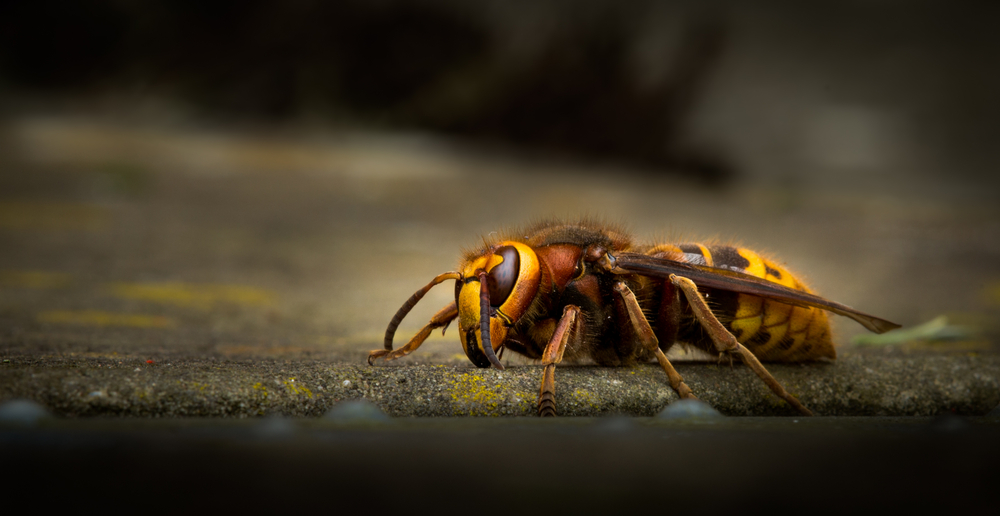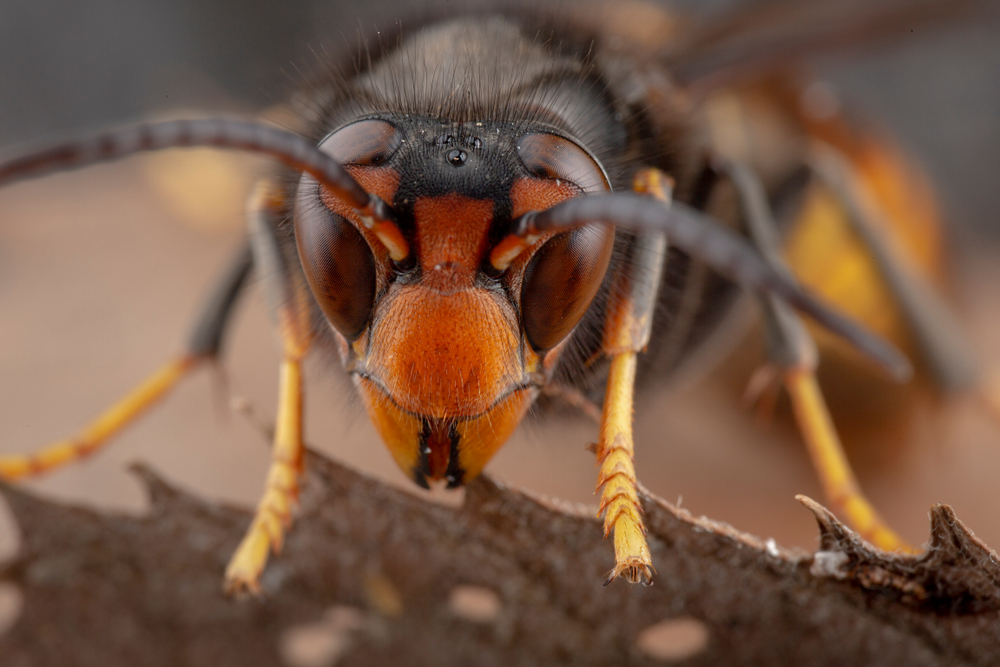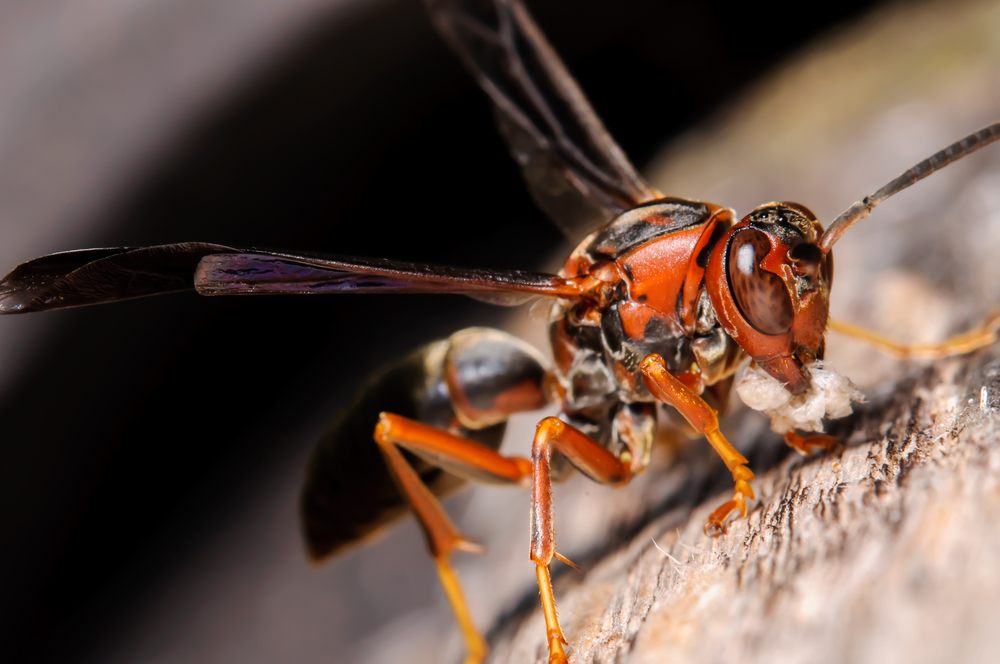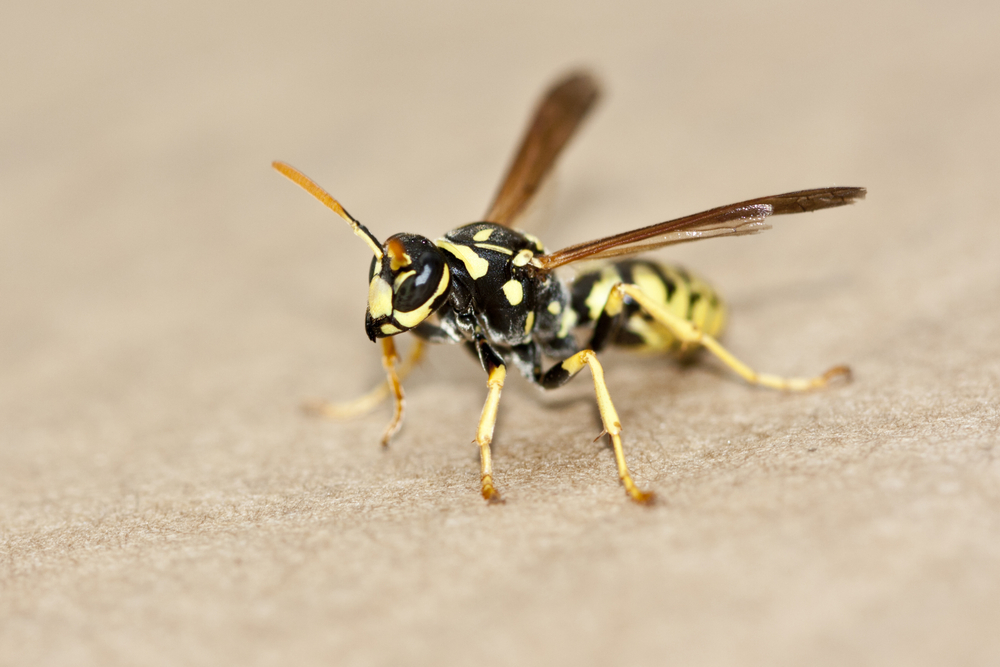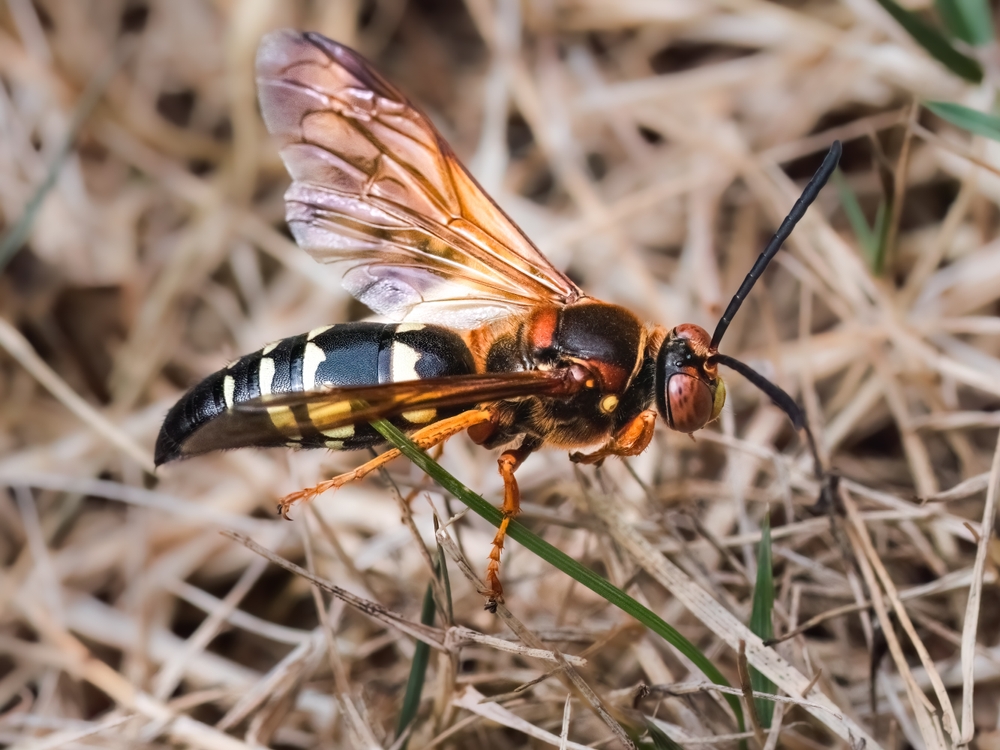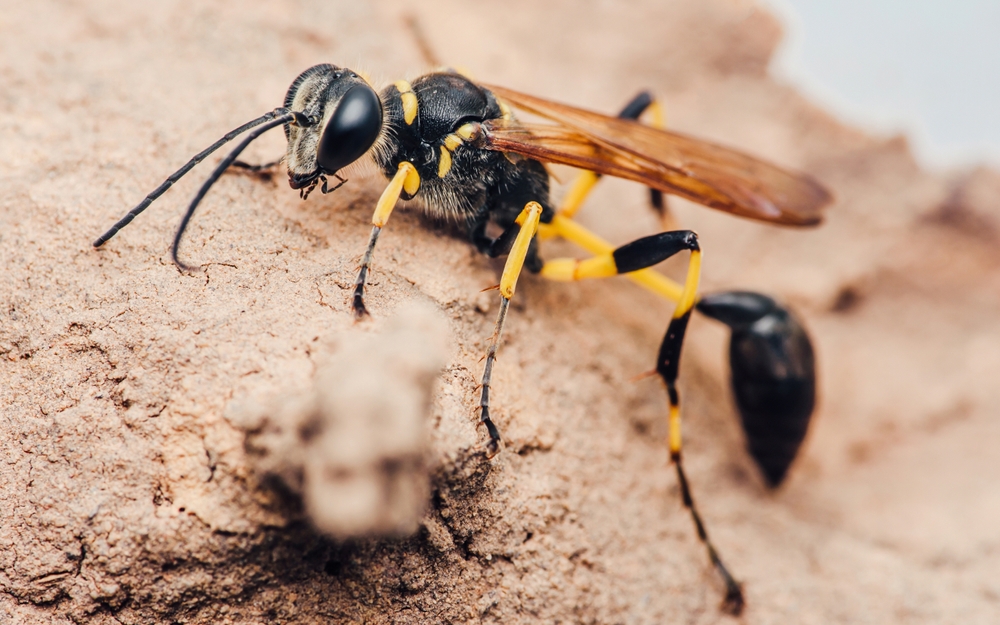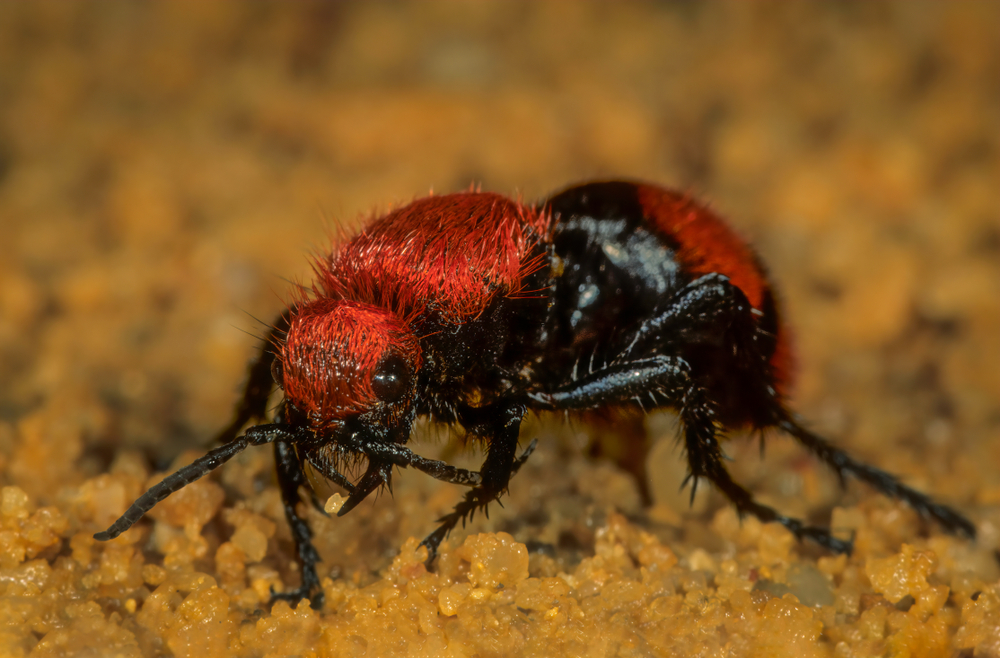About
#Insect
The European hornet is the largest social wasp native to Europe and parts of Asia, and it has also established populations in North America. Unlike its more aggressive relatives, the European hornet is generally shy around humans and plays an important ecological role as both predator and scavenger. It prefers wooded areas, hollow trees, barns, and wall cavities where it can build its distinctive paper nest.
Adults typically measure 25–35 mm (1–1.4 inches) in length, with queens being even larger. They have a reddish-brown head and thorax, a yellow and black striped abdomen, and reddish wings, giving them a more robust, golden appearance compared to smaller yellowjackets. Despite their intimidating size and loud flight, they are not naturally aggressive unless provoked or defending the nest.
European hornets are eusocial, living in colonies of a few hundred individuals. Each colony is founded by a single queen in the spring, who rears the first generation of sterile female workers. These workers take over nest-building and food collection, allowing the queen to focus solely on reproduction.
Their diet consists of insects, spiders, fruit, and tree sap, and they are effective predators of garden pests like caterpillars and flies. They are also drawn to sugary substances, particularly in late summer when natural food becomes scarce.
Reproduction peaks in autumn when new queens and males are produced. After mating, the males die, and only fertilized queens survive to hibernate through the winter and start new nests the following spring.
While their sting is painful and can cause allergic reactions, European hornets are less aggressive than other wasp species and generally avoid conflict.
The European hornet’s scientific name is Vespa crabro, and it belongs to the family Vespidae.
Threatened:
Extinct
Critically Endangered
Endangered
Vulnerable
Near Threatened
Least Concern



































































